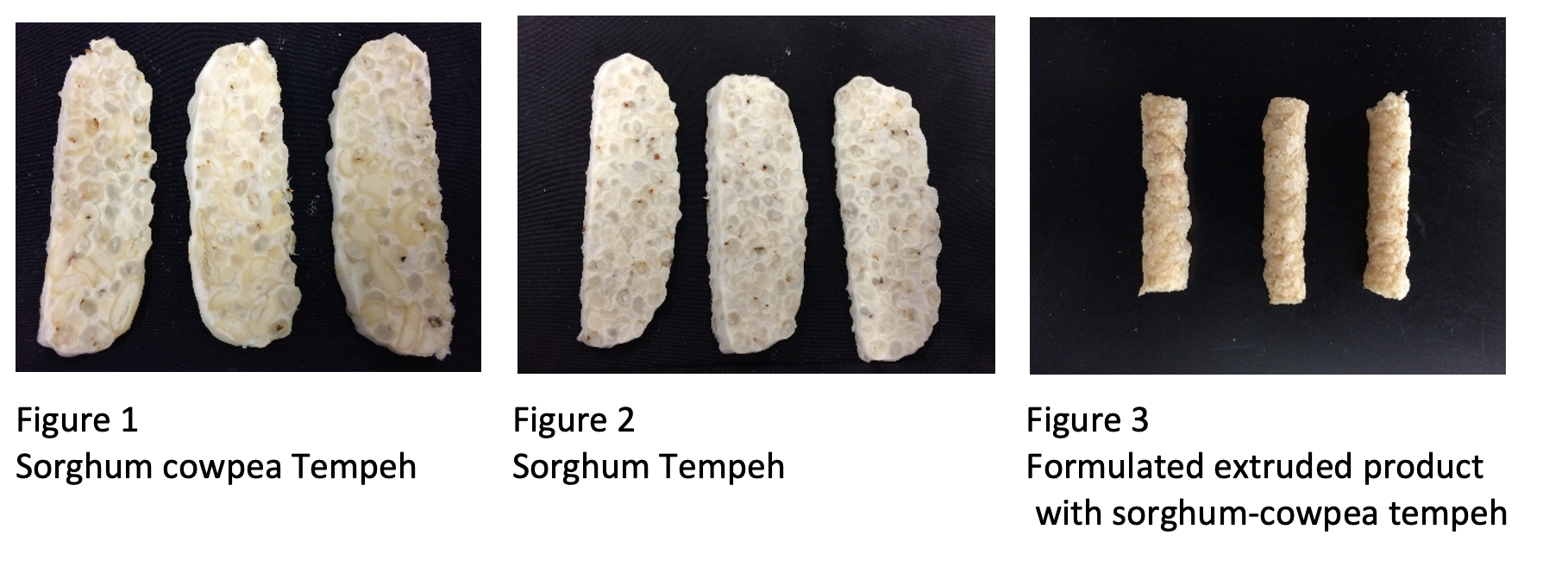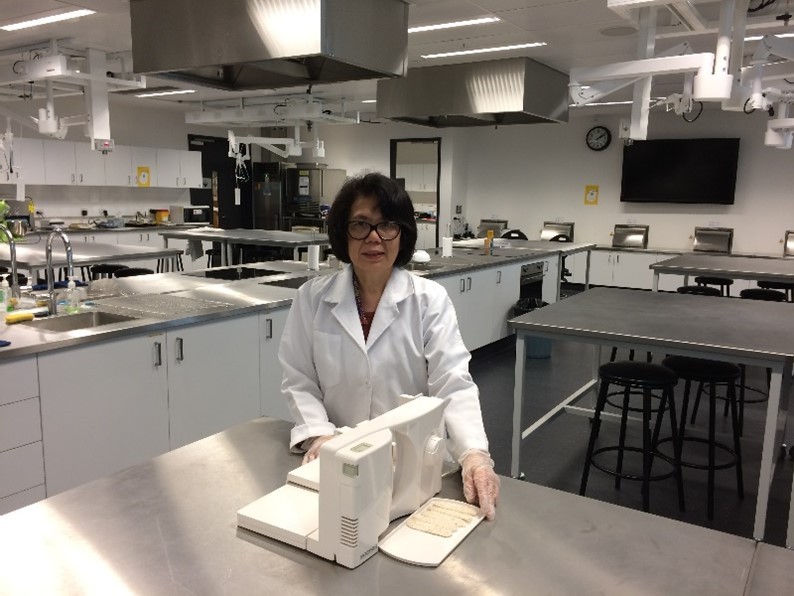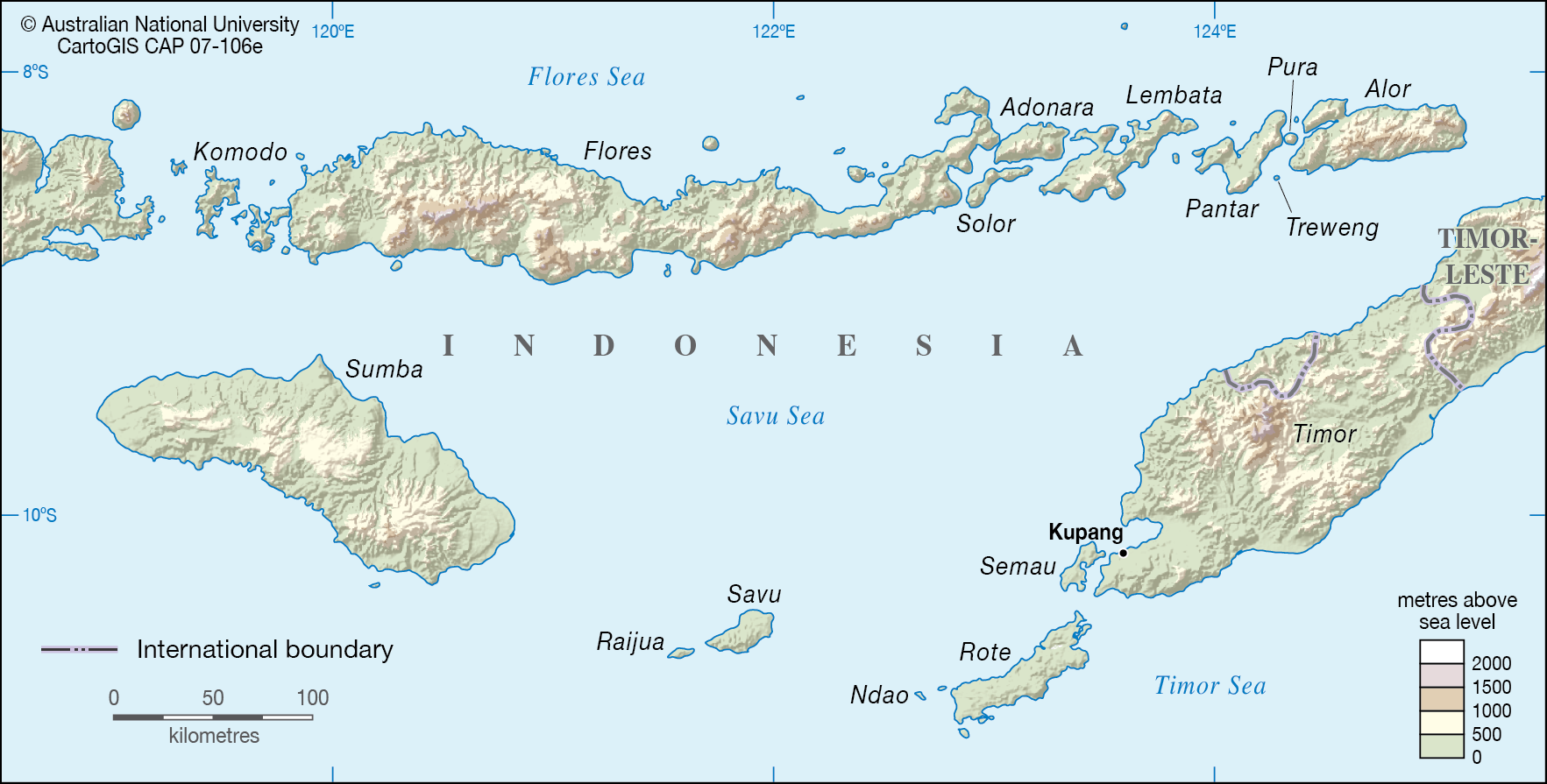Humanitarian engineering research addresses chronic needs of poverty and lack of resources in line with the United Nations Sustainable Development Goals as well as acute needs associated with natural disasters and human displacement.
UNSW Humanitarian Engineering (HE) academic coordinator Dr Andrew Dansie points out that Humanitarian Engineering is a part of every School in the UNSW Engineering Faculty, “with real-world research being undertaken to develop appropriate and sustainable solutions to problems for disadvantaged communities.
“The UNSW HE competitive small grants program is designed to provide some extra support for PhD researchers whose research aim is to improve the lives and livelihoods of those in need in low or middle-income countries and Australia.”
In 2021 three UNSW Engineering PhD researchers were awarded Humanitarian Engineering grants of three thousand dollars to assist them with aspects of their vital studies.
Indrawati Tanurdjaja was one of them.
Indrawati is a PhD food and health researcher within the UNSW School of Chemical Engineering supervised by A/Prof. Jayashree Arcot. She is a recipient of the Australian Government Research Training Award (RTP). Her research is focused on improving food and nutrition security for young children in Indonesia, specifically in the Nusa Tenggara Timur (NTT) region.
Based on the 2018 Indonesia Basic Health Research, there was a staggering 42.6% of children below five years suffering from chronic malnutrition (stunting) in the NTT region, the southernmost province of Indonesia. As the World Health Organisation (WHO) notes, undernutrition makes children much more vulnerable to disease and death and holds them back from reaching their physical and cognitive potential. Optimizing nutrition early in life—including the 1000 days from conception to a child’s second birthday—ensures the best possible start in life, with long-term benefits.
Indrawati’s research is on the development of a nutrient-dense culturally appropriate (tempeh) red sorghum complementary food for young children (12-23 Months) that is high in protein to meet the daily requirements for appropriate growth and development.
To combat the food and nutrition insecurity, local NTT government agencies, with the support of various organizations have re-introduced the drought tolerant sorghum grain as a staple food in this semi-arid tropical region. Sorghum by itself, however, has poor protein quality due to the deficiency of an essential amino acid, namely lysine and several anti-nutritional factors. Since legume crops have higher lysine contents, a combination of sorghum with a legume such as cowpea, processed through fermentation, will improve the overall protein quality.
Traditional fermented food called Tempeh that is soy-based is popular in Indonesia. According to Central Bureau of Statistics Indonesia (2021), each Indonesian consumes 0.158 kg Tempeh per week, which is higher than the combined amount of chicken and beef. Fermentation of food allows the hydrolysis of proteins and provides better digestibility. Tempeh is therefore a culturally appropriate source of protein for infants and children and is recommended as an infant complementary food.
A sorghum-cowpea based Tempeh has been sustainably produced by Indrawati from a blend of drought tolerant red sorghum and cowpea which are locally accessible.
Indrawati’s study sought to elucidate the characteristics of this new Tempeh within the framework recommended by WHO for children in the NTT region.
Indrawati found that the sorghum-cowpea Tempeh (Figure 1) showed a higher protein content and digestibility and Protein Digestibility Corrected Amino Acid Score (PDCAAS), a measure of protein quality, compared to just sorghum cowpea blend which indicates a higher protein quality in the sorghum-cowpea tempeh. The protein in the sorghum-cowpea tempeh identified by Indrawati, is more digestible compared to just sorghum tempeh.
The developed product is suitable to be used to develop complementary foods (Figure 3) to meet the Codex guidelines CODEX CAC/GL 8-1991 for formulated complementary foods for older infants and children and the Indonesia National Standard (SNI01-7111.2.2005) on complementary food for infant and children.
This protein rich food can be easily adopted by the government and/or private sector in Indonesia, says Indrawati, to provide a nutritious complementary food to children. Its uptake can achieve long-term benefits in addressing malnutrition, which will directly address SDG goals 2 (Zero Hunger) and 3 (Good Health and Well-Being) in the region.
The analytical costs for determination of protein quantity and quality done in this study through the Australia Protein Analytical Facility, Macquarie University and the Mark Wainwright Analytical Centre, UNSW Sydney, was partially funded through the Humanitarian Engineering Grant (2021). Faculty of Engineering, UNSW.
Thanks also to Pacific Seed Australia for providing red-sorghum grains (Toowoomba- Queensland crop), gratis.
The Humanitarian Engineering small grants program releases a call for proposals annually in T1. For further information please see www.unsw.to/he or email Dr. Andrew Dansie (a.dansie@unsw.edu.au)
Images provided by researcher Indrawati Tanurdjaja March 2022
Image Creator: Indrawati Tanurdjaja - All Rights Reserved


Slicing sorghum cowpea tempeh by Indrawati Tanurdjaja. Photo taken in the Food Laboratory UNSW Sydney March 2022

This map is an image under Creative Commons downloaded 03 May 2022 from https://asiapacific.anu.edu.au/mapsonline/base-maps/nusa-tenggara-timur
Credit: CartoGIS Services, Scholarly Information Services, The Australian National University